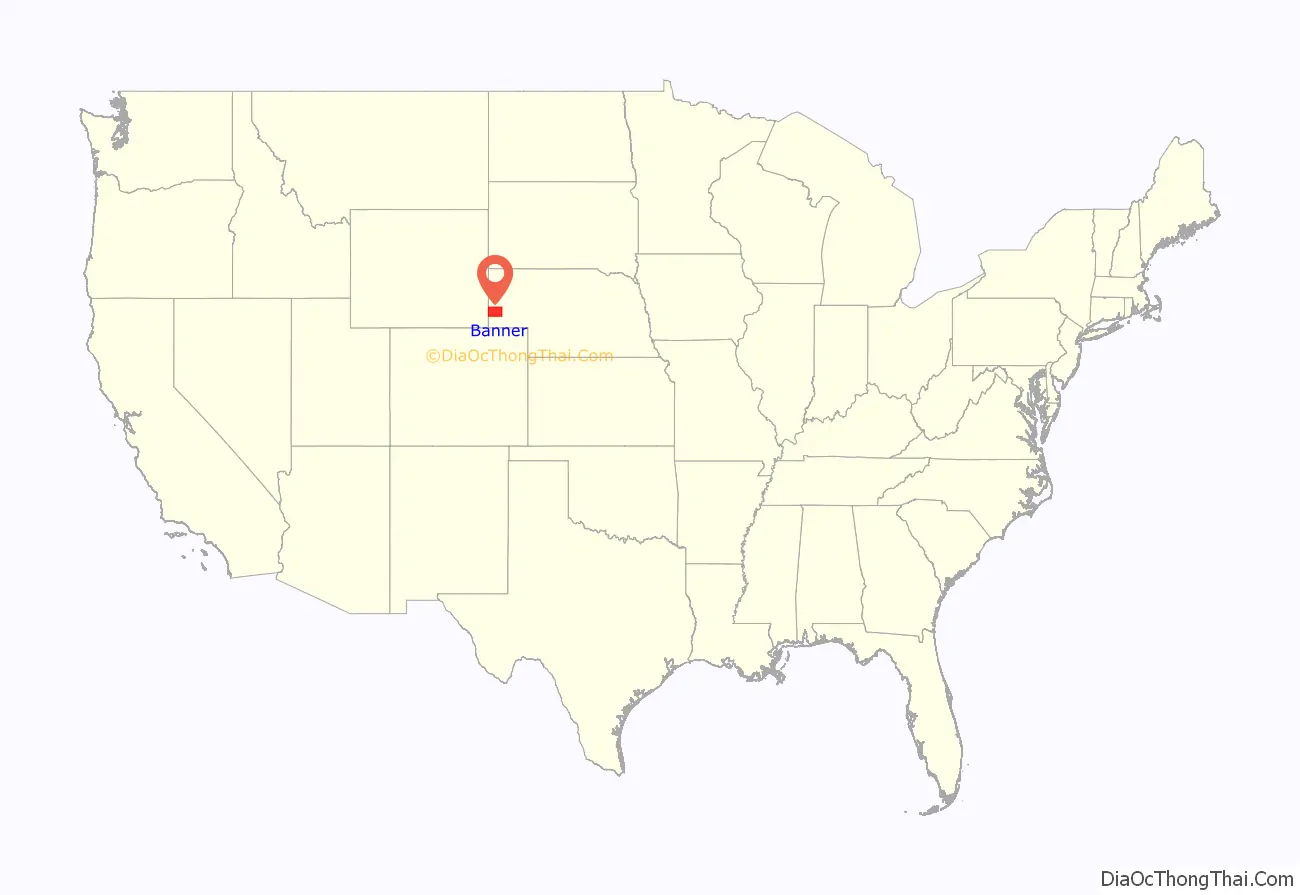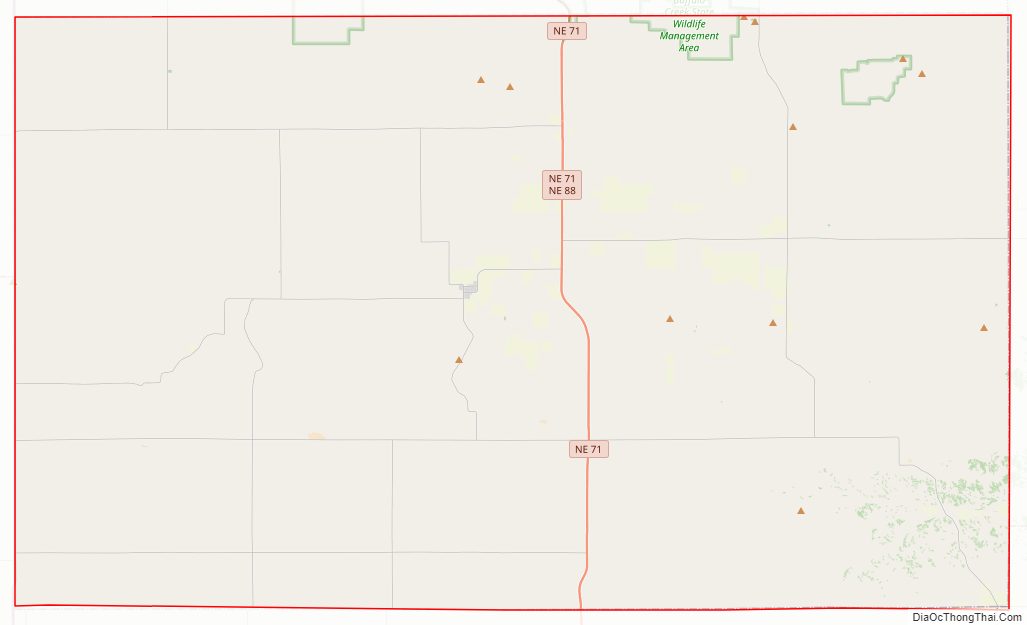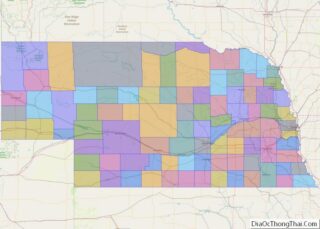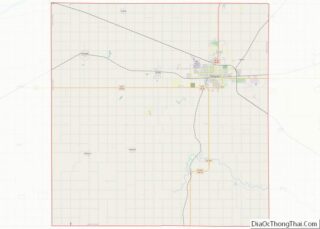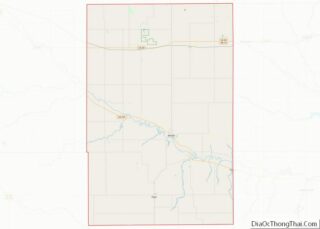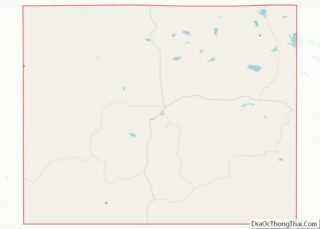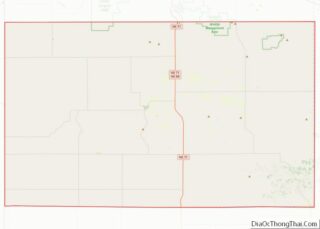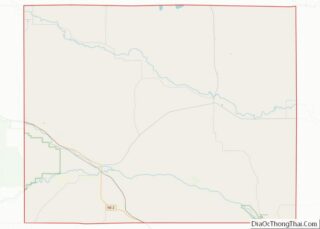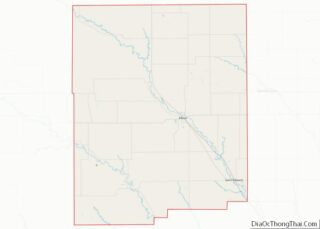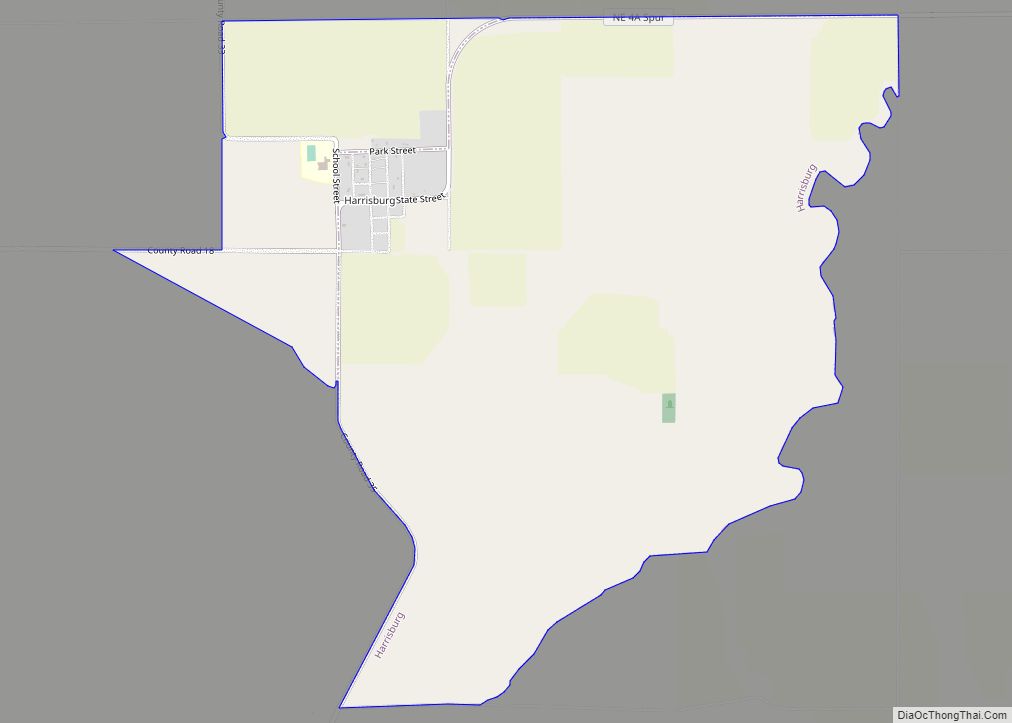Banner County is a county in the western part of the U.S. state of Nebraska in the Great Plains region of the United States. As of the 2010 United States Census, its population was 690. Its county seat is the unincorporated community of Harrisburg; there are no incorporated municipalities within the county.
In the Nebraska license plate system, Banner County is represented by the prefix 85 (it had the eighty-fifth largest number of vehicles registered in the county when the license plate system was established in 1922).
Banner County is part of the Scottsbluff, NE Micropolitan Statistical Area.
| Name: | Banner County |
|---|---|
| FIPS code: | 31-007 |
| State: | Nebraska |
| Founded: | 1888 |
| Seat: | Harrisburg |
| Total Area: | 746 sq mi (1,930 km²) |
| Land Area: | 746 sq mi (1,930 km²) |
| Total Population: | 692 |
| Population Density: | 0.6/sq mi (0.2/km²) |
| Time zone: | UTC−7 (Mountain) |
| Summer Time Zone (DST): | UTC−6 (MDT) |
| Website: | bannercountyne.gov |
Banner County location map. Where is Banner County?
History
When Nebraska became a state in 1867, a single county encompassed the entire Panhandle. In 1870, the Panhandle’s southern half was organized as Cheyenne County. The arrival of increasing numbers of settlers led to the partitioning of the county in 1888: the eastern third became Deuel County; the middle third became present-day Cheyenne County; and the western third became Kimball, Scotts Bluff, and Banner Counties. The last of these was named by citizens who declared it would become the state’s “banner county”, and “the brightest star in the constellation of Nebraska counties”.
Upon the county’s organization, the settlement of Ashford was chosen as the temporary county seat. Four communities aspired to be chosen as the permanent county seat: Ashford, Harrisburg, Freeport, and Banner. Two special elections proved necessary before Harrisburg was chosen.
The initial settlement of the area was by cattle ranchers, drawn by good pastures in the Pumpkin Creek valley. In the late 1880s, these open-range ranchers were displaced by an influx of settlers; by 1890, almost every quarter-section (160 acres, or 65 ha) was claimed by homesteaders. However, the good moisture years that had attracted these settlers were followed by a severe drought in 1893 and 1894, which drove many of the new settlers away; the number of farms in the county declined by more than half, from 565 in 1890 to 226 in 1900. The land thus vacated was again used by ranchers, who raised both crops and cattle. The 1904 passage of the Kinkaid Act, which allowed homesteaders to claim 640 acres (260 ha) brought a new wave of settlers; however, even these larger tracts were often insufficient to support a family, and many of the Kinkaid claims were eventually sold to established cattle ranchers.
The county’s growth was hindered by the absence of railroads: the nearest lines ran through Kimball, 11 miles (18 km) to the south, and Gering, 8 miles (13 km) to the north. Roads were also slow to develop in the county: in 1921, only dirt roads existed. The difficulty of reaching markets tended to discourage commercial crop farming in the county.
Irrigation
Rainfall in Banner County is light and variable; the average yearly precipitation at the Harrisburg weather station is 14.3 inches (360 mm). Farmers responded by resorting to irrigation. The first irrigation well was drilled by the late 1920s, and others quickly followed. By the late 20th century, center-pivot irrigation systems were in use through much of the county. By 2000, the Pumpkin Creek basin had approximately 500 registered irrigation wells. Groundwater pumping combined with drought conditions ended surface flow in Pumpkin Creek by 1993, and significantly reduced the valley’s groundwater levels. In 2001, the North Platte Natural Resources District, which regulates water use in the watershed, declared a moratorium on the drilling of new wells, and limited existing operations to 14 inches (360 mm) of irrigation water per year. Complicating matters, lawsuits were filed contending water use in the Pumpkin Creek valley depleted flows into Lake McConaughy and interfered with the prior water rights of downstream irrigators.
ICBMs
Beginning in the early 1960s, intercontinental ballistic missiles (ICBMs), based at Warren Air Force Base near Cheyenne, Wyoming, were installed in western Nebraska, Wyoming, and Colorado. From 1960 to 1963, 90 Atlas sites were constructed in Nebraska. Construction of the launch sites, and upgrading of the roads leading to them, led to an economic boom in western Nebraska. Beginning in 1963, the Atlas series was replaced by Minuteman missiles, which used solid instead of liquid fuel, and which were launched from underground silos. In the 1970s, there were 82 Minuteman III sites in the Panhandle, of which 20 were located in Banner County.
Banner County Road Map
Geography
According to the US Census Bureau, the county has an area of 746 square miles (1,930 km), of which 746 square miles (1,930 km) is land and 0.2 square miles (0.52 km) (0.02%) is water.
Banner County lies on what was once a tableland sloping away from the Rocky Mountains. Over geologic history, it was eroded by Pumpkin Creek and other watercourses, and much of the county now lies below the original High Plains level. The county can be divided into four major geographic divisions: the low-lying and relatively flat valley of Pumpkin Creek, which occupies about 40% of the county’s area; a tableland, in places smooth and in others deeply dissected, occupying the southern one-third of the county; the Wildcat Hills, a highly dissected escarpment that crosses the county’s northwestern portion; and a small portion of the North Platte River valley in the county’s northeastern corner.
Adjacent counties
The western edge of Banner County abuts the eastern border of the state of Wyoming.
- Scotts Bluff County – north
- Morrill County – east
- Cheyenne County – southeast
- Kimball County – south
- Laramie County, Wyoming – west
- Goshen County, Wyoming – northwest
Highways
- Nebraska Highway 88 – runs generally east–west, from Bridgeport to La Grange, Wyoming, passing north of Harrisburg
- Nebraska Highway 71 – runs north–south, from Kimball to Gering, passing east of Harrisburg.
